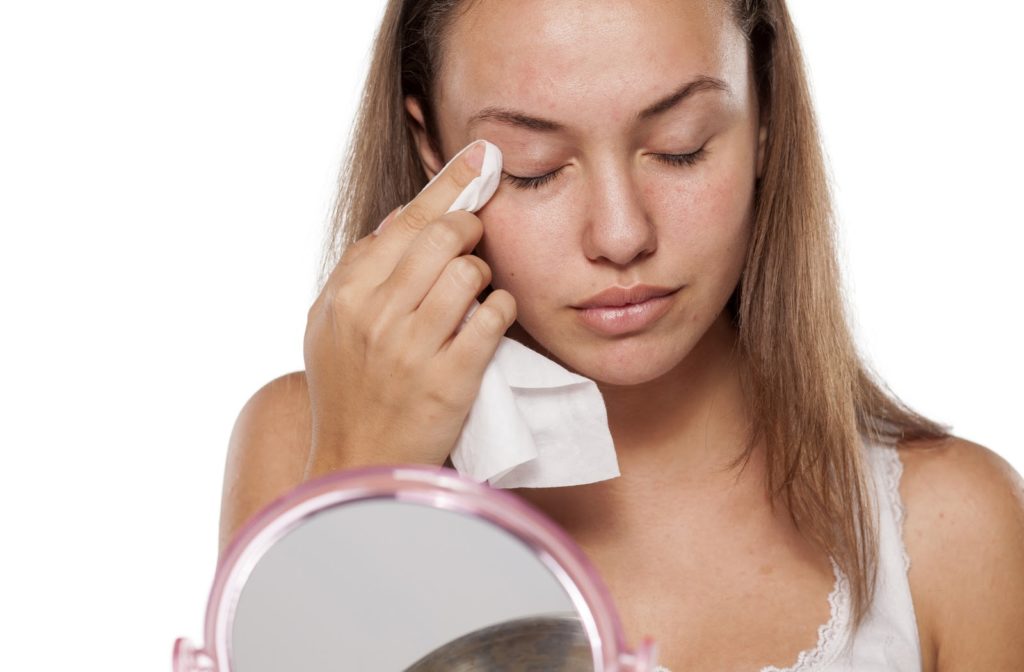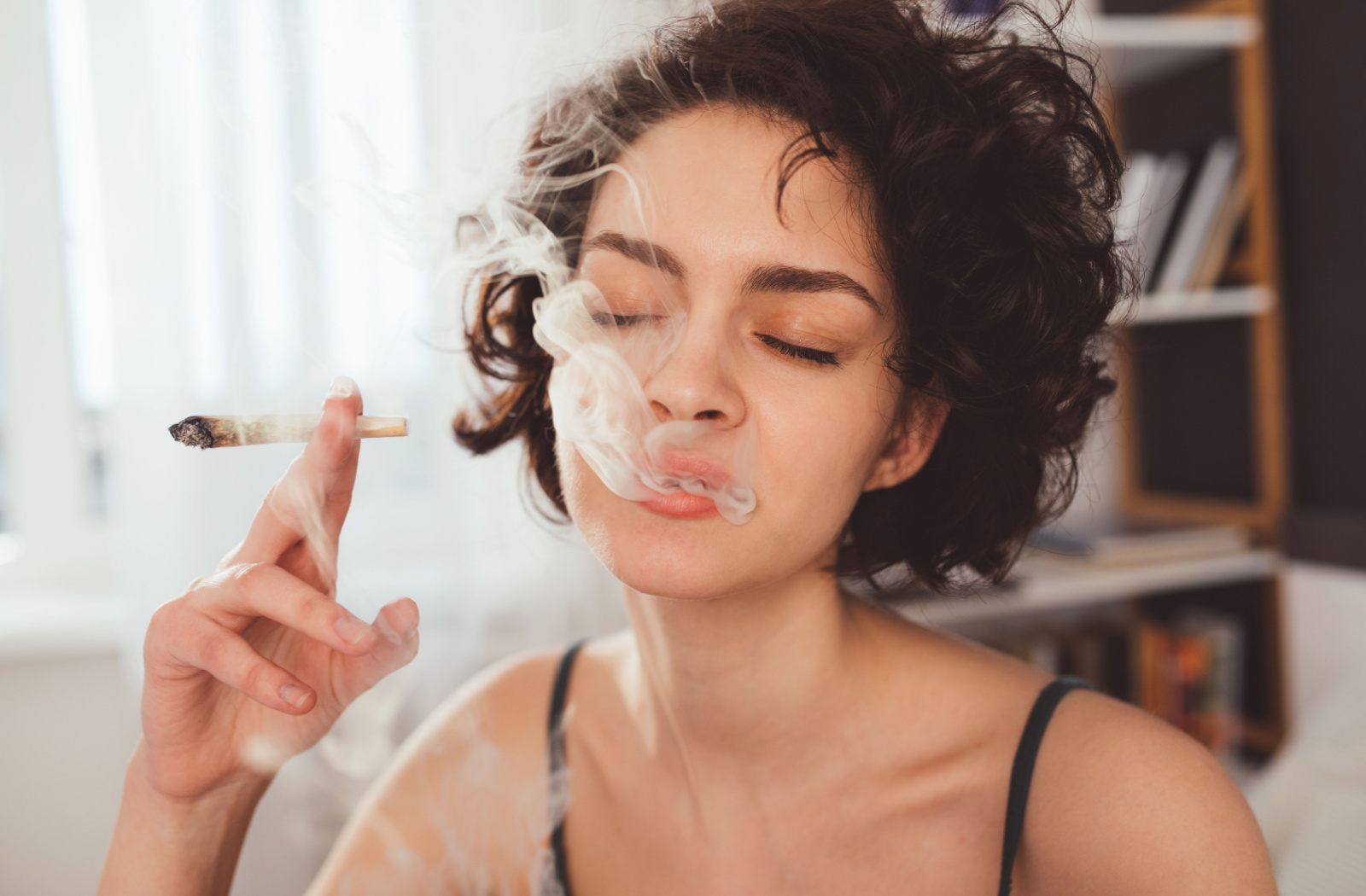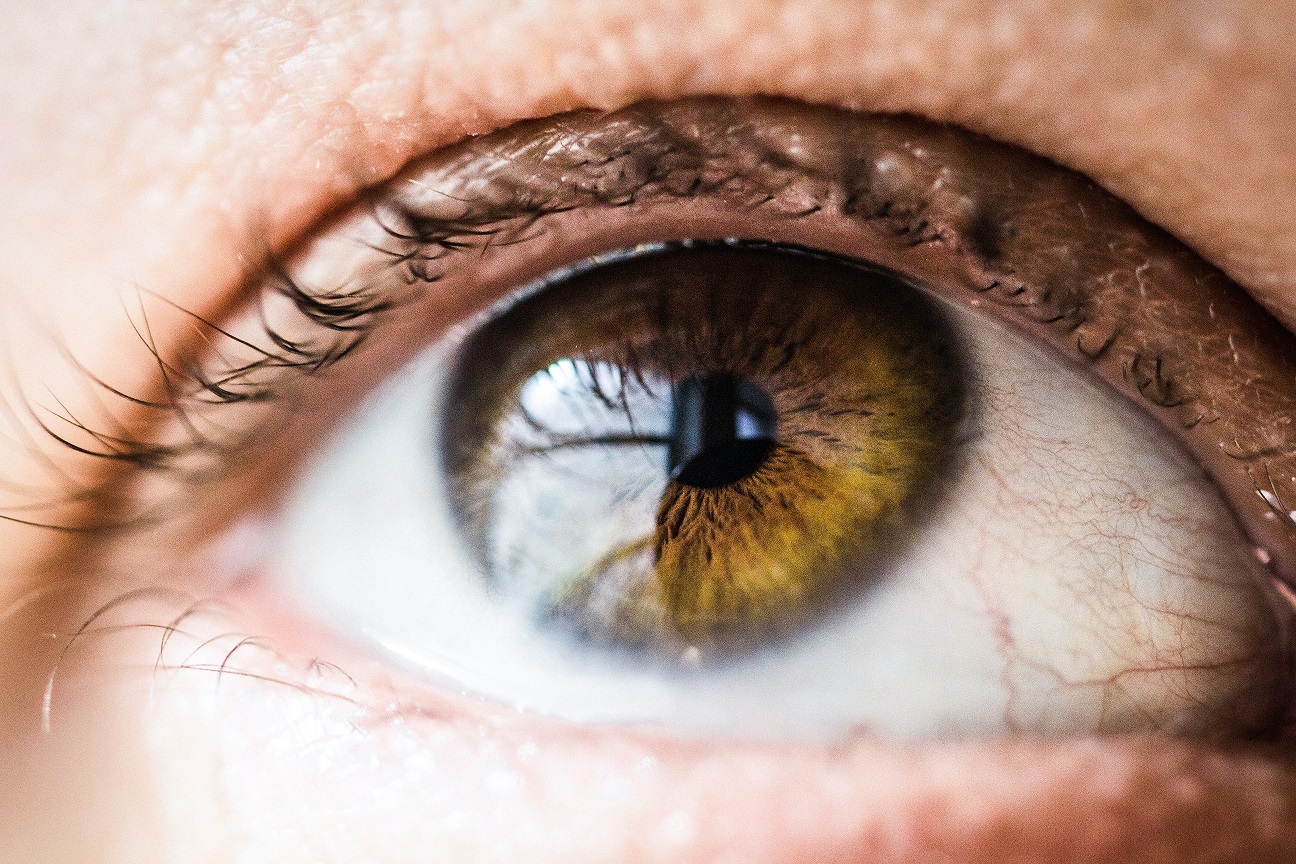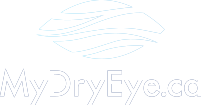Our eyelids perform many different functions and are one of the most important parts of our ocular system. Eyelids contain the tear ducts that keep our eyes from drying out and developing dry eye, and they protect our eyes from external damage, which makes it imperative to keep them clean and healthy is extremely important. If you are experiencing any eyelid dysfunction or dry eye, you can use MyDryEye’s network to find an optometrist near you.
Why Eyelid Hygiene is Important
The health of your eyelid is an often neglected factor when considering your overall ocular health. Your eyelids protect the vulnerable surface of your eye from physical injury, provide a lubricated and hydrated environment for the movement of your eye within the eyelid, and help produce a smooth ocular surface for optimal visual acuity.
The cornea is the most fragile external structure of the body and relies heavily on the eyelid for protection. If a cornea is directly and permanently exposed without protection from the eyelid and adjacent structures, it will rapidly succumb to epithelial defects, scarring, vascularization, and infection, and is experienced by the patient as irritation, pain, loss of visual acuity and, eventually, loss of sight. When considering the impact of eye disorders, even small degrees of dysfunction can have a significant effect on a person’s quality of life and their ability to carry out everyday tasks.
The tear film can be considered a substructure of the eyelid and helps form a layer between the eyelid and the surface of the eye. As well, it helps in the formation of a protective layer between the exterior world and the eye surface. The tear film is predominantly aqueous in nature and is formed from the secretions of the lacrimal glands. The lipids in the tear film formed from the sebaceous secretions of the meibomian glands are also crucial to its function. The tear film provides protective, lubricant, nutritional, and antimicrobial functions, as well as playing an important role in visual acuity.
Dry Eye
Dry eye stems from the inability to produce quality tears that lubricate the surface of your eye. This can be due to an imbalance in the ratio of meibum (oil), water, and mucin contained in your tears. As well, dry eyes can arise from the inability to produce enough volume of tears or from tears evaporating too quickly to get the intended and needed result of lubrication. Eyelid hygiene is imperative when trying to prevent and treat dry eye.
Dry eye is typically caused by:
- Inadequate Tear Volume: If you do not produce enough tears, then you will most likely be afflicted by dry eyes. Tears are produced by several different glands, which are located in and around your eyelids. Age, Certain medical conditions, and medications can affect your ability to produce an adequate volume of tears. Dry climate or wind can also cause your tears to evaporate too quickly, even if you are producing enough tears.
- Poor Tear Quality: If the ratio of mucin, water, and meibum in your tears is imbalanced, then your tears will not properly lubricate your eye’s surface, most likely leading to developing dry eye. Meibum forms a thin, protective coating over the tear’s surface that keeps your tears from evaporating too quickly. Water helps keep your eyes hydrated and comfortable. Mucin ensures that your tears form an even coating across the cornea.
- Obstruction of Tear Ducts: If your tear ducts are blocked by a foreign substance, it can affect the ability to produce the proper volume of tears needed to lubricate your eye. A blockage will potentially harm the overall quality of your tears as well.

How to Clean Your Eyelids
The accumulation of crusts, debris, and biofilm on the eyelashes and eyelid margin contributes to chronic inflammation and possible infection. The objective of eyelid cleansing is not only to remove crust and debris from the lid margin but also to express meibum from the meibomian glands that may be blocked or obstructed by thicker than normal or waxy secretions. The procedure will differ depending on the product used, but some general tips for cleansing and massaging your eyelids are:
- Using eye-friendly cleansers and eyelid wipes as recommended by your optometrist. Avoid your eye, but focus along your upper and lower eyelid margin and around the eye area
If you are unsure which one to use, review our blog about all the different eyelid cleansers here. Below are a few eyelid cleansers and eyelid wipes found in your eye doctor’s cabinet:
- There are several techniques for massaging your eyelids. Massaging helps express blocked meibomian glands. In general, you should massage the root of the eyelid to the margin using a warm compress such as a Bruder Mask
- Sometimes at-home cleaning may not be enough and your optometrist may recommend an in-office microblepharoexfoliation of your eyelids. Depending on your optometrist, it could be carried out by BlephEx, A/B max or Zocular Eyelid Shield Treatment (ZEST)
Finding an Optometrist
If you are experiencing eyelid dysfunction or dry eyes, MyDryEye can help you find an optometrist near you. Use our network to find an optometry clinic and start your treatment journey.









